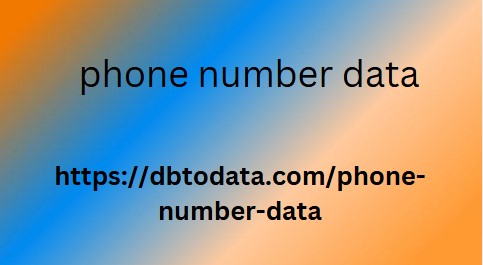When iOS 7 was introduc, a lot of users were surpris by the big changes in the UI. But what do these changes mean for iOS developers themselves?
A lot has been written about iOS 7 since its launch at the beginning of the month, and most of the articles have been about the design and especially the new icons. You’ve had plenty of time to think about the changes, and now you’re starting to wonder how they’ll affect the design of your own apps. And it’s time to think about how much of an impact iOS 7’s new user interface should have.
The article was translat with the kind permission of webdesignerdepot.com . The original text of the article (EN) can be found here: How to transition app designs to iOS 7 .
While one section of users believes that apps should stay true to their own style and their design should not change just to match the look of iOS 7, another section of users says that the design of apps should change to be more natural. It doesn’t seem to be entirely clear how strict the iOS Human Interface Guidelines actually are .
I want to sh some light on the matter
so I’ve studi the documents on Apple’s design pages and now I’m going to share some of my findings with you.
How to understand Apple’s instructions
It’s purely a matter of opinion whether all apps should now adopt a flat look and if you’re using your own design of UI elements, the final decision is purely up to you and your team. Apple does recommend that you think about using shadows, gradients or embossing, but I couldn’t find a clear requirement anywhere.
The following excerpt, which I’ve taken from the iOS 7 UI Transition Guide , provides more information relat to the different levels of customization for your nes and how much work it will take to get your app ready to transition.
According to the degree of customization, applications can be divid into the following three types:
Standard – applications contain only standard user interface elements without any modifications; provid by UIKit.
Custom – applications present a completely japan phone number data original UI that does not contain any UIKit elements.

Hybrid – apps contain a mixture of standard and custom elements, including modifi standard elements recolor within UIKit or using the skin change API.
For standard apps, you ne to decide whether your visual and user design is suitable for iOS 7. If you decide to stick with the current profiles on other social networks layout and interaction model, most of the work is usually just minor adjustments and checking that the app accepts gestures correctly .
User applications that do not use an
UIKit UI elements fare differently. For example, if you feel that the current user interface and app experience are fine, you don’t ne to make many changes, but if you feel that the character bz lists of the apps and the user experience ne to be chang to cater to iOS 7 users, you have more work to do.
